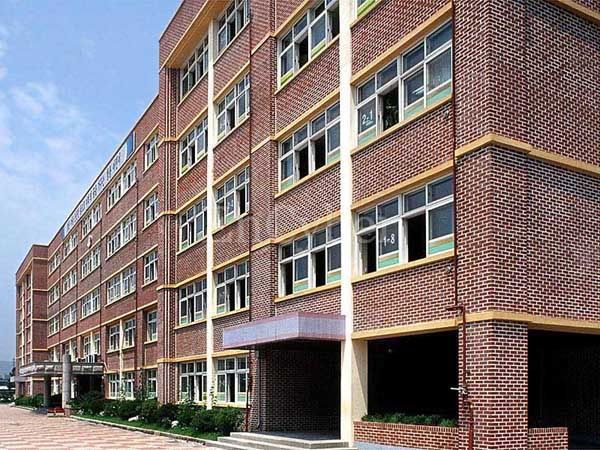Swine Flu in Uijeongbu
I haven't kept up on how other nations are tackling issues related to H1N1, but Brian in Jeollanam-do has been doing an admirable job of highlighting articles concerning H1N1 and its impact on education and tourism within South Korea. One interesting piece of news was hearing that the national government had considered shutting down all elementary schools for a month to prevent the spread of H1N1. Similarly, two weeks ago I received a text message from a Korean friend - who works at an after-school math academy - claiming that the government was considering similar actions directed toward after-school academies (hagwons) as well. Imagine the strain for parents with schedules created on the assumption that their children will either be at school or academies for a large chunk of the day.

"신종인플루엔자 예방수칙" from withhuny2001
There has long been a portion of Korea's National Assembly in favor of shutting down the hagwon industry here due to its promotion of inequality - children from richer families can afford to go to more and better academies - and one thing that came to mind after reading my friend's text was that H1N1 might create an opportunity for these individuals to work toward shutting down hagwons for an extended period of time over health concerns. Then again, I also commented on someone's Facebook status that closing public schools without an associated closure of private academies might seen an increased enrollment rate as parents try to take advantage of the situation in any way they can.
Shutting down schools nationwide or all those within a particular city has the unfortunate side effect of 'punishing' schools with only light infection rates. I'm no epidemiologist, but given the urban geography common to Korea a more practical solution might be to close down only those schools from a particular neighborhood (dong; 동) or district (gu; 구) that see unacceptable infection rates. Neighborhood often have a full complement of stores catering to residents which cuts down on the need for families to travel to other areas, thus diminishing exposure risks to others in the same city. For example, after two years in Uijeongbu there are still five or six dongs out of fifteen that I have yet to see.
Well, while chatting with the academy director over dinner last week I heard that a high number of cases were reported at Uijeongbu's Cheongnyong Elementary School (의정부청룡초등학교) that resulted in the city government and local hagwon association closing the elementary school and nearby hagwons while allowing other schools to remain open. This image on Google Maps puts the school only a few blocks away from my apartment. Gyeongui Elementary School is also not far away - though located on the other side of Jungnangcheon stream - so I wonder where they set the boundary in this case.

"靑龍初等學校, Cheongnyong Elementary School" from 네이버 백과사전
During the course of our discussion I discovered that our academy director has a very different outlook on school closures. He prefers the model of having all the schools close at once, as that puts everyone on an equal footing in terms of curriculum and enrollment. However, to employ a system based on regional closures means that some schools would either have a shorter vacation period (extending the semester to make-up "lost" time) or could skip material altogether. For a standardized system like the public education system this isn't necessarily a serious problem and there may in fact be measures in place for just such a scenario -- similar to "snow days" back in the United States.
The situation is rather more precarious for private academies. All of the same issues related to keeping up with curriculum are still present, which can cause problems if a student transfers to our branch from one elsewhere in the country. Our franchise - and presumably others - is set up so that all branches operate on a similar schedule with the same teaching materials in order to ease student transitions from one location to another. Regional closures leave branches scrambling to rush through the material or forced to live with a disjointed schedule in relation to other locations within the franchise.
In addition to this, if a hagwon closes down for a week or more, what's to keep students from leaving for another academy once the doors are open again? Keep in mind, too, that the enforced closures are directed at the institutions rather than the students, so there's no way to keep a hardcore mother from sending her child to the closest hagwon that's still open. With that in mind it's much easier to see why our director would favor a nation-wide closure. Some of our students have left over concerns of infection - and last week I had two girls from the same class drop out to focus on the middle school entrance exam - and I sincerely hope we don't lose any more in the next few months.
(If worse came to worse I know that my American coworker would be let go first; odds are that at least one of our Korean teachers would also be asked to leave before my own position became superfluous.)
And to wrap things up on a light note:

"Getting rid of swine flu ... one pig at a time" from Stéfan